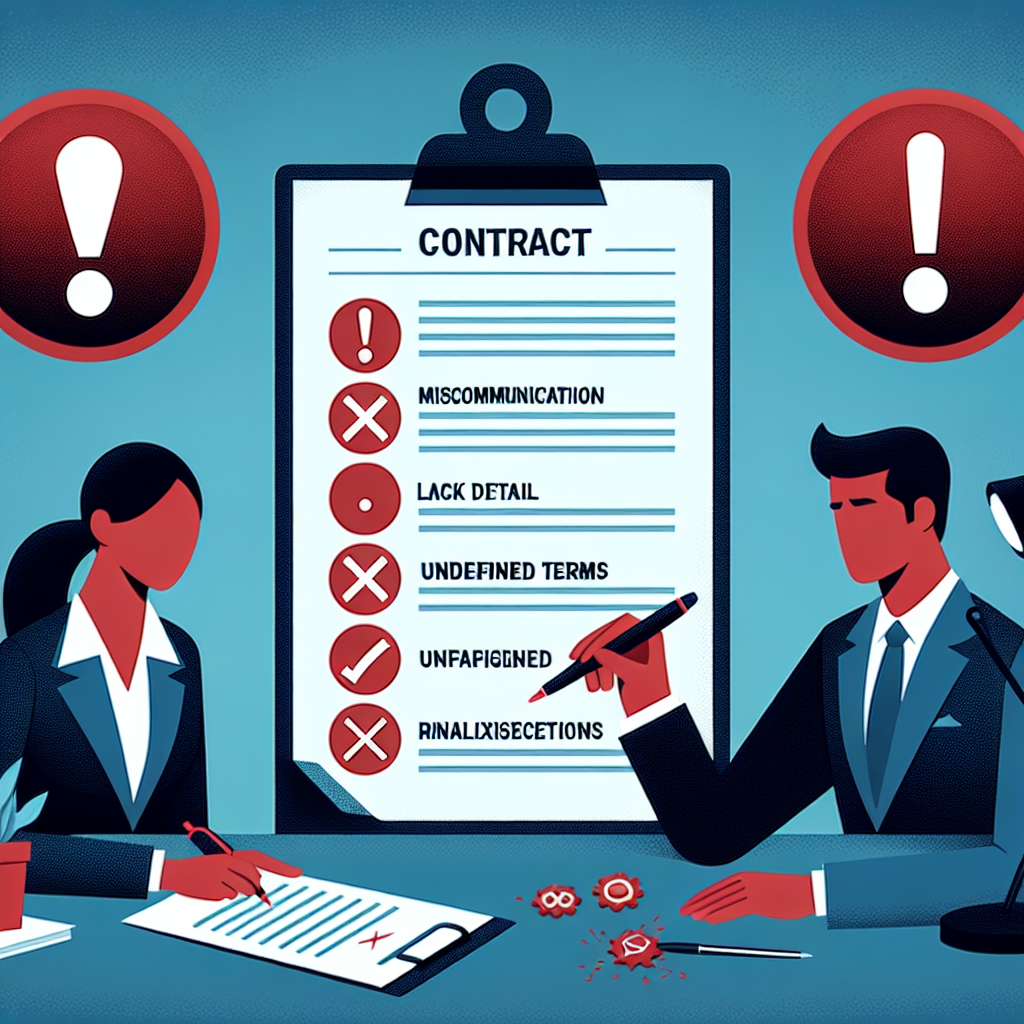Fix today. Protect forever.
Secure your devices with the #1 malware removal and protection software
A Service Level Agreement (SLA) is a crucial document that outlines the expectations and responsibilities between a service provider and a client. It is essential for ensuring that both parties are on the same page when it comes to the delivery of services. However, creating an effective SLA can be a complex process, and there are several common mistakes that organizations often make when drafting this agreement.
One of the most common mistakes to avoid when creating an SLA is being too vague or ambiguous in the terms and conditions. It is important to be as specific and detailed as possible when outlining the services that will be provided, the performance metrics that will be measured, and the consequences for failing to meet those metrics. Vague language can lead to misunderstandings and disputes down the line, so it is essential to be clear and concise in the wording of the SLA.
Another common mistake to avoid is setting unrealistic expectations or metrics. It is important to be realistic about what can be achieved within the constraints of the resources and capabilities of the service provider. Setting unattainable goals or metrics can lead to dissatisfaction on the part of the client and can damage the relationship between the two parties. It is important to set goals that are challenging but achievable, and to regularly review and adjust those goals as needed.
Another common mistake to avoid is failing to involve all relevant stakeholders in the creation of the SLA. It is essential to consult with key individuals from both the service provider and the client organization to ensure that the SLA accurately reflects the needs and expectations of both parties. Failing to involve all stakeholders can lead to oversights and misunderstandings that can undermine the effectiveness of the agreement.
Finally, one of the most important mistakes to avoid when creating an SLA is failing to regularly review and update the agreement. The business environment is constantly changing, and the needs and expectations of both parties may evolve over time. It is essential to regularly review the SLA to ensure that it remains relevant and effective, and to make any necessary updates or revisions as needed.
In conclusion, creating an effective SLA requires careful planning and attention to detail. By avoiding common mistakes such as being vague or unrealistic in the terms and conditions, failing to involve all stakeholders, and neglecting to regularly review and update the agreement, organizations can ensure that their SLA is a valuable tool for managing and delivering services effectively.
Fix today. Protect forever.
Secure your devices with the #1 malware removal and protection software

Leave a Reply
You must be logged in to post a comment.